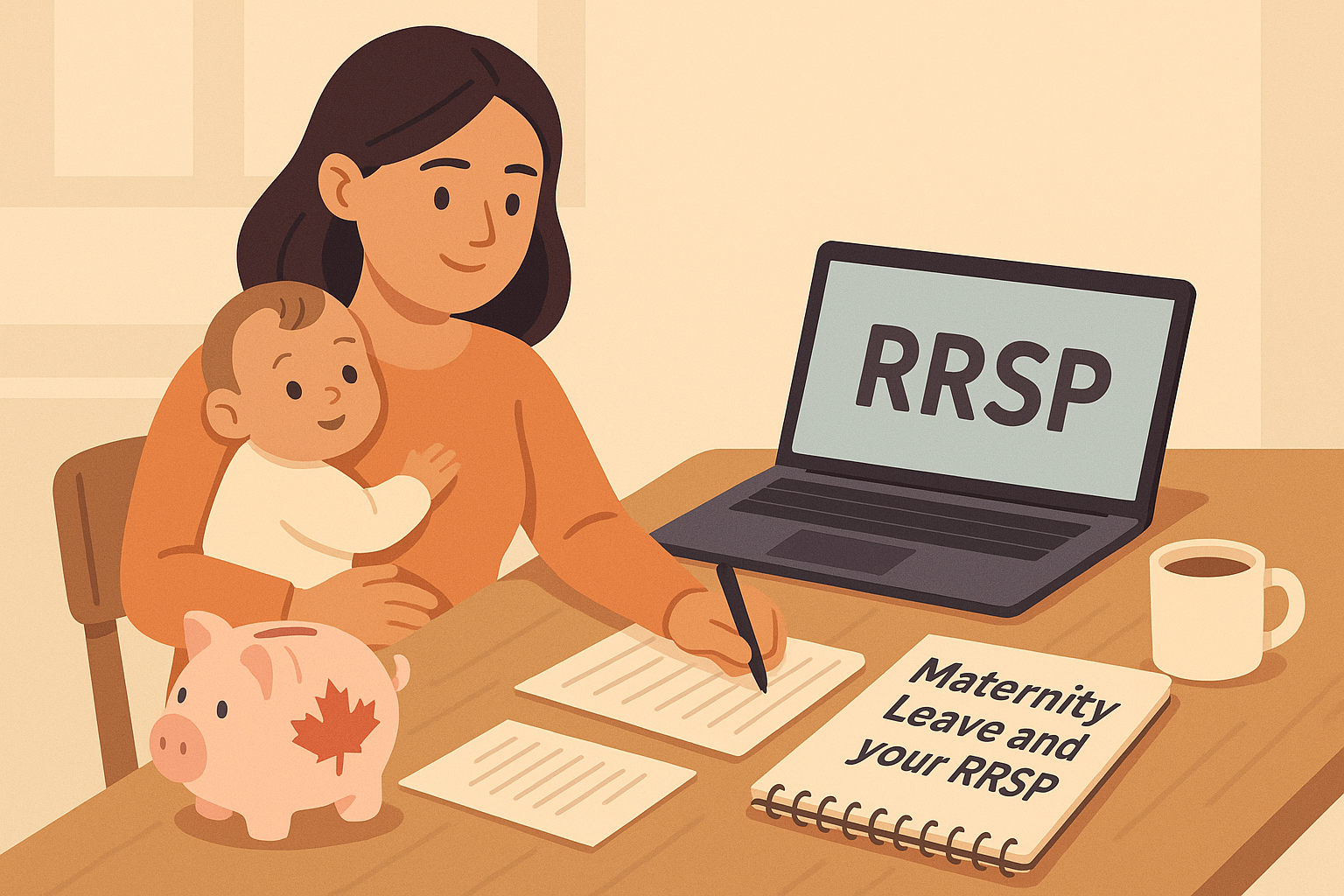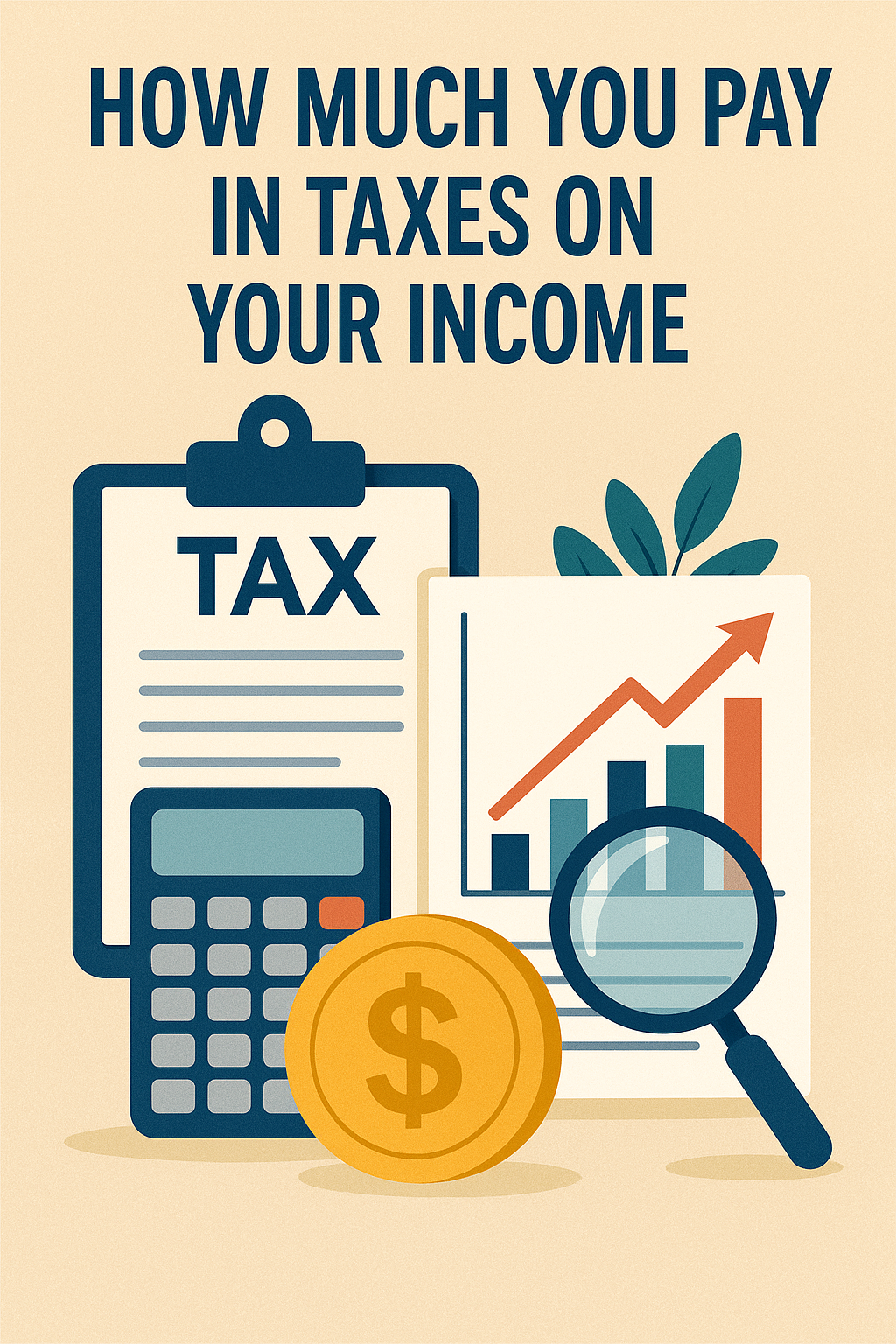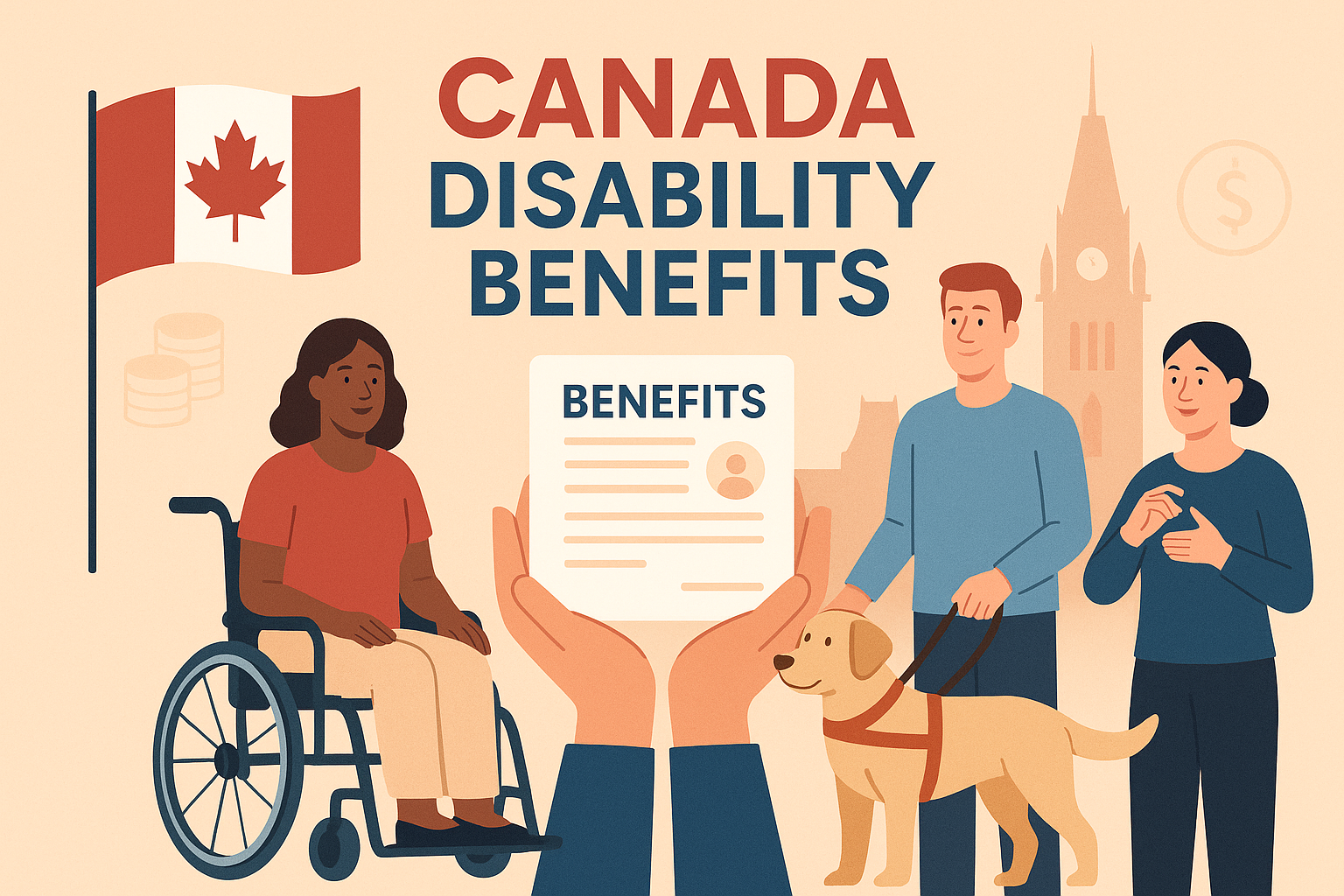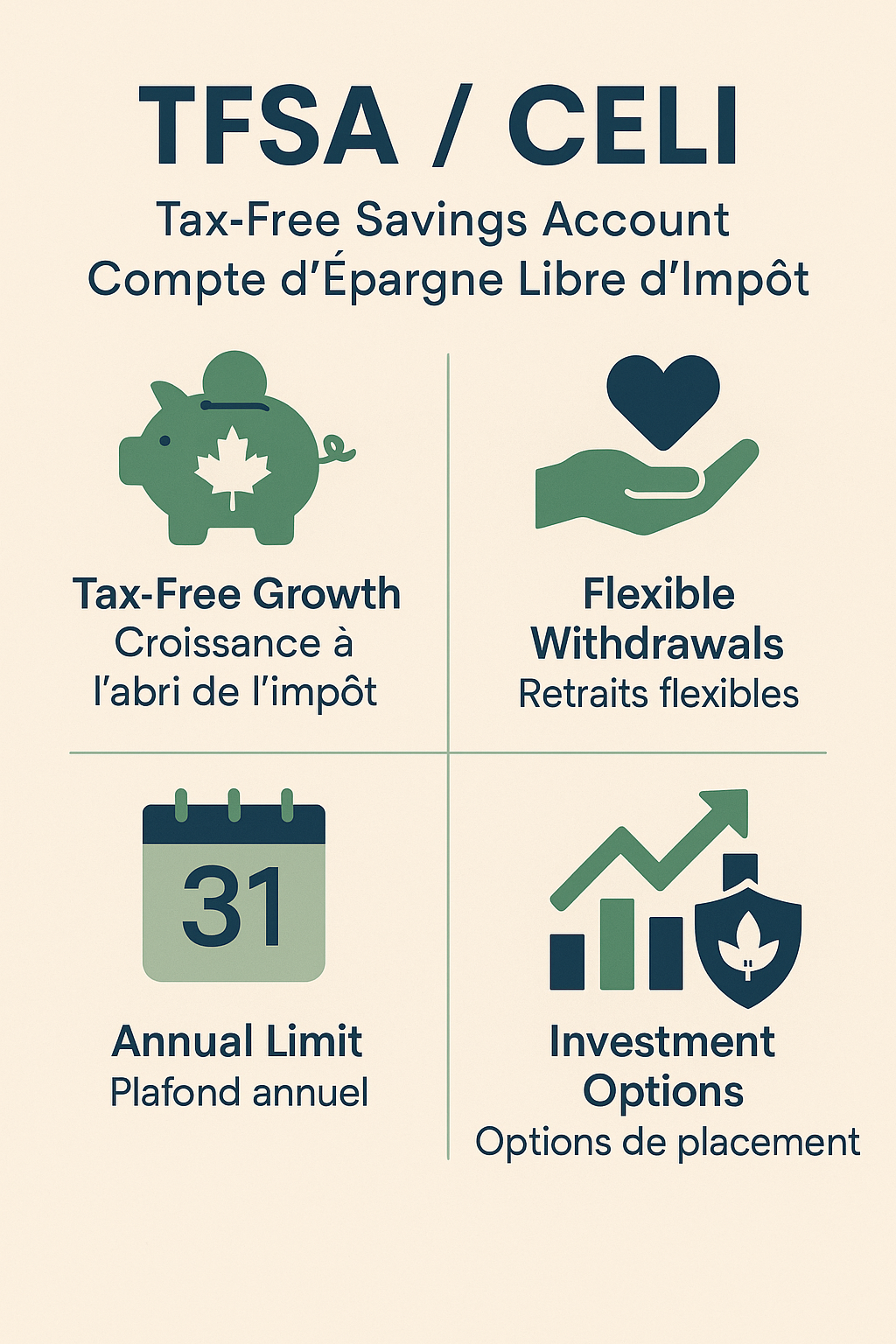It’s been nearly two decades since I took my international trade course, and yet, it’s only in 2025 that I’ve truly reflected on it again. The recent headlines flooding televisions, radio stations, and social media brought back memories of those sleepless nights spent studying trade policy and global markets.
Many of you have likely been following these news stories and already have a sense of the potential effects—both positive and negative—of a trade war. You may be aware of how tariffs could eventually impact your finances, from grocery bills to rent and overall household budgets. So, I won’t revisit those common talking points.
Instead, I want to share some personal reflections on how different people—including my childhood friend now living in Kitchener, Ontario—have reacted to the current market uncertainty. His reaction, in particular, inspired this article, which was not on my original editorial calendar.
But before going further, I believe many investors don’t fully understand what happens to their money when they buy or sell shares on the stock market. Gaining that knowledge could shift how we make financial decisions.
I. What Happens When You Buy a Fund on the Stock Market?
Companies need financing to operate. These funds may come from shareholders (people like you and me who buy stock), governments (via subsidies), banks (loans), or private investors (equity or debt financing).
Let’s take the example of a publicly traded U.S. company—let’s call it Company Y. When you buy shares of Company Y on the stock exchange, your money doesn’t go directly to the company. Instead, it goes to the previous owner of those shares—an individual or institution—who could be Canadian, American, European, or from anywhere else.
So, if tariffs lead to reduced profits for Company Y or if its stock price declines, owning more shares won’t help the company if it ends up going bankrupt.
Some friends have told me they’re boycotting American stocks out of protest. If you’re in the same camp, I’d urge a moment of caution.
If many of us remove Company Y from our portfolios, its stock price could fall. A lower valuation might increase borrowing costs for the company, reducing its profitability. And if this American company employs Canadians or invests in Canada to promote social inclusion, it may scale back those efforts and refocus domestically.
For further reading, I recommend the research paper “Counterproductive Sustainable Investing: The Impact Elasticity of Brown and Green Firms” (Feb 17, 2023), co-authored by researchers from Boston College and Yale. The study finds that when ESG investors reduce funding to environmentally harmful companies, those companies often cut their green initiatives first. Ironically, punishing them can reduce their environmental commitments.
I don’t claim to have the perfect investment strategy to counter tariff-related risks. What I do know is that things are rarely as simple as portrayed in the media.
II. How Should We Respond to Fear in the Markets?
I first became aware of current market turbulence through media coverage—and through regular calls from my friend in Kitchener, who updates me almost daily on his investment decisions and stock market declines.
Personally, I haven’t even opened my investment account since February 2025. Most of my purchases were made in January, and I plan to revisit them in January 2026.
We simply have different risk appetites. I’m a long-term investor—not in it for the short-term wins, but for steady, gradual progress. As I’ve often said here: it’s crucial to know why you’re investing. I’m not trying to win Olympic gold; I’m just aiming to qualify for the local competition. That’s reward enough for me.
One thing I’ve learned since I started investing: consuming every breaking headline, like my friend does, can wreak havoc on your mental health. Continuous exposure to stressful news places our minds in a state of panic. So, put the phone down. Reduce (or eliminate) your use of social media. If something’s truly important, it will reach you.
III. Capital Always Pays More Than Labour
In my first macroeconomics class, I learned a truth that has stuck with me: every country’s economy generates added value each year. But who benefits from this wealth?
Generally, the value created is split between labour and capital. According to recent research by the Observatoire des inégalités (Inequality Observatory), the higher you move up the social ladder, the more capital income (e.g., dividends, interest, rent) dominates pre-tax income.
In other words, the more you invest, the more likely your capital will eventually out-earn your labour. If you’re still not convinced, I recommend the book “Stop Hesitating, Invest” (English) or “J’Arrête d’Hésiter, J’Investis” (French).
IV. How to Invest Without the United States?
My friend in Kitchener sold most of his U.S. holdings in protest against American protectionism. He redistributed his portfolio across various countries. You don’t have to follow suit, but if you’re considering international diversification that excludes the U.S., the Vanguard FTSE Developed All Cap ex U.S. Index ETF (VDU) could be an option. It offers exposure to nearly 4,000 companies across 15 developed markets—including Japan, the UK, Canada, and France—with an annual management fee of 0.22%.
However, be aware that Vanguard is an American firm (more of a co-operative, since profits are reinvested to reduce investor fees, but still based in the U.S.).
If you’re seeking a more Canadian-aligned option, BMO’s ZEA ETF invests in developed markets outside of Canada and the U.S. To complement it with Canadian exposure, consider BMO’s ZCN ETF. Their annual fees are 0.22% and 0.06%, respectively.
V. How to Invest (Cautiously) With the United States?
Like it or not, the U.S. remains the world’s leading economy, though it is being closely trailed by China. I have no direct experience investing in China, but I do know that, for all its protectionist policies, the U.S. still offers transparent and well-established financial regulations.
If you share my friend’s skepticism but still want some U.S. exposure, one option is to limit—not eliminate—your U.S. holdings. Recent research from Arizona, Emory, and Missouri universities (“Beyond the Status Quo: A Critical Assessment of Lifecycle Investment Advice”) analyzed 133 years of market data across 39 developed countries. Their recommendation for Canadian investors:
Allocate about 33% to domestic equities (Canadian stocks),
and 67% to international equities, weighted by market size.
This strategy ensures you aren’t overexposed to any single country.
Conclusion: What Really Matters
The current trade war has stirred emotions, spooked markets, and tested investor discipline. But beneath the noise, several enduring truths remain:
Investing is about time in the market, not timing the market.
Long-term discipline trumps short-term panic.
Capital is the great wealth equalizer—but only if you’re consistently invested.
Diversification—across countries, sectors, and strategies—is more than a buzzword; it’s protection.
Staying informed is smart, but obsessing over every headline is not.
Whether you choose to invest with or without the U.S., or whether you peek at your portfolio daily or once a year like me, remember: your strategy should serve your values, your goals, and your peace of mind.







